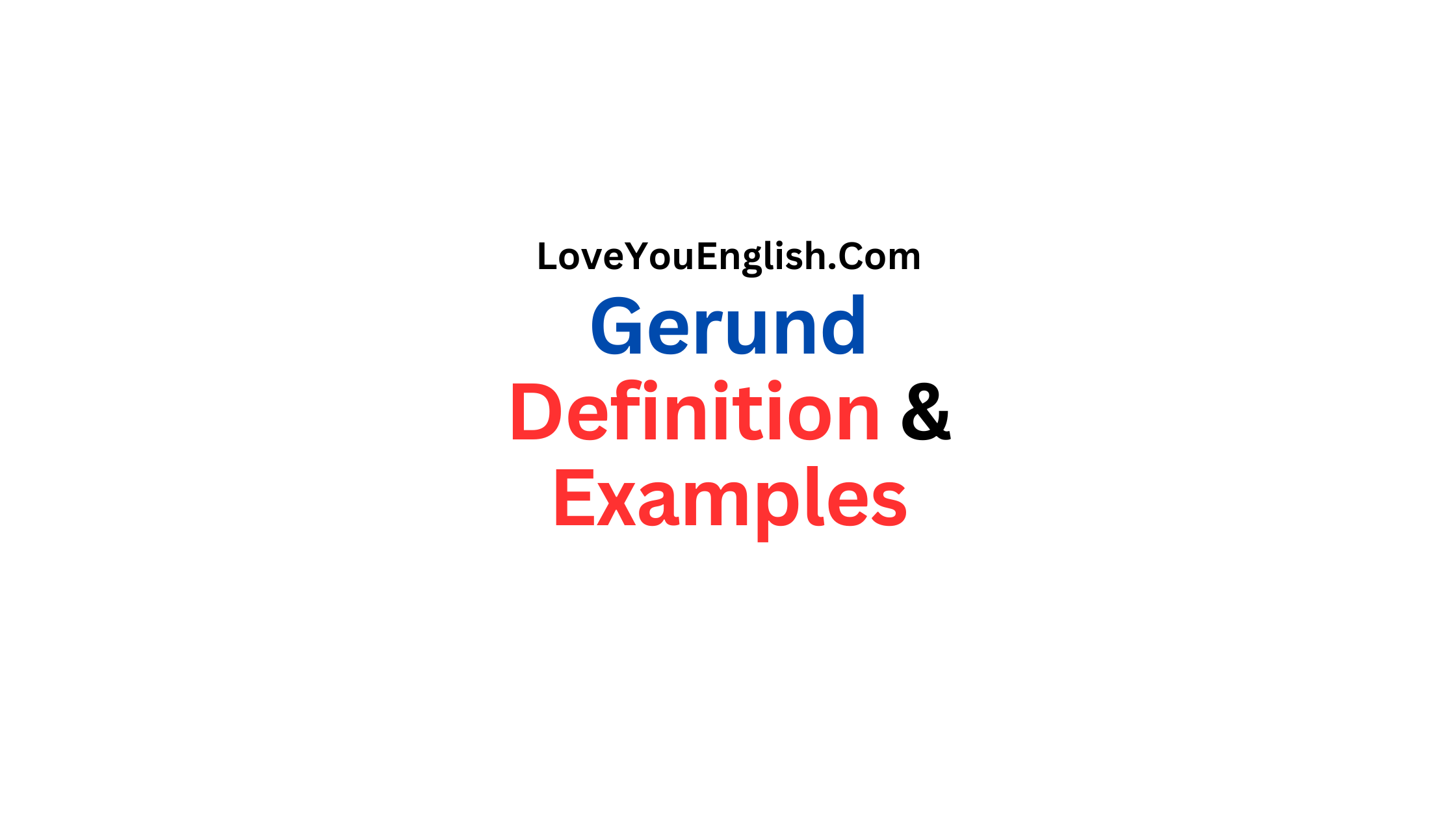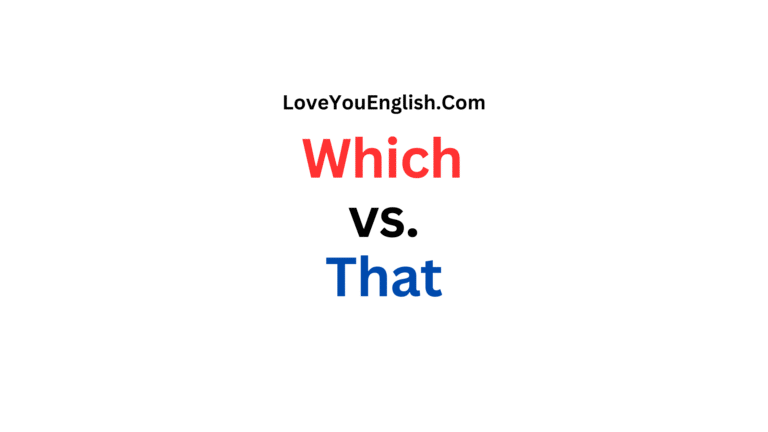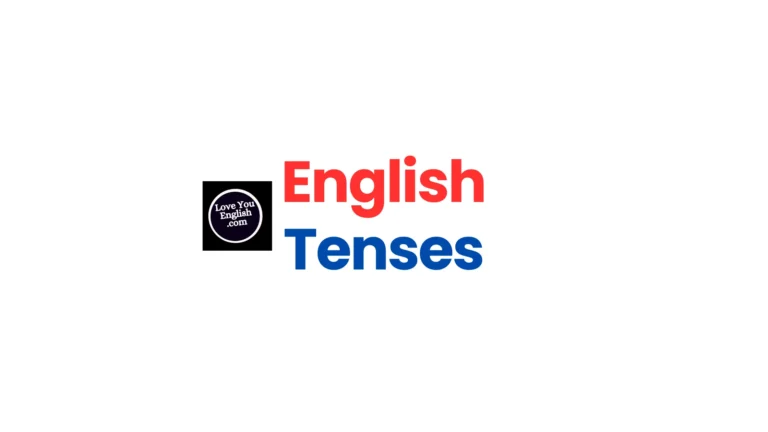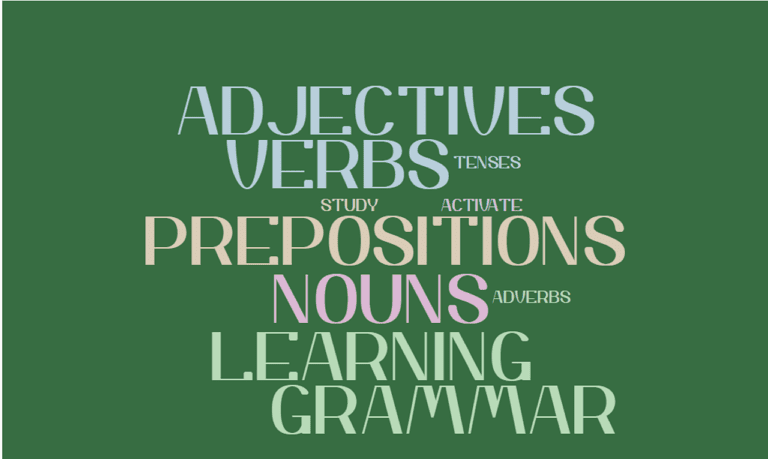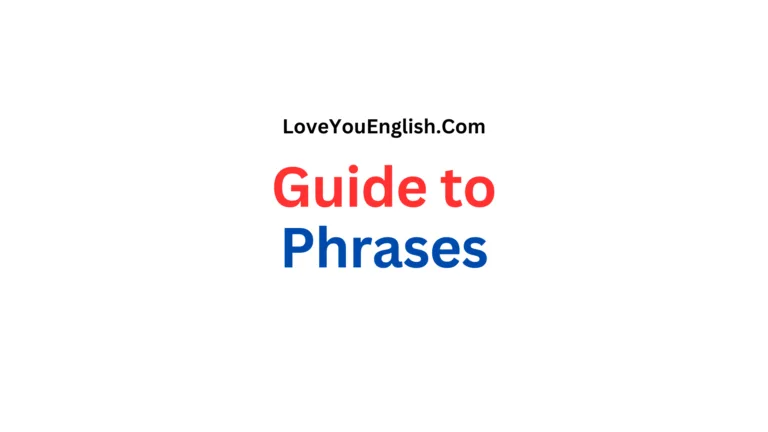What Is a Gerund? Gerund Definition and Examples
What Is a Gerund? Gerund Definition and Examples
In the complex world of English grammar, one of the most interesting and flexible ideas is the gerund.
Many people don’t fully understand them or might ignore them, but gerunds are really important in our language.
They help make our sentences more interesting and varied.
This guide will take a closer look at what gerunds are, how we use them, and give you lots of examples so you can get the hang of this important part of grammar.
Understanding Gerunds
A gerund is basically a verb that acts like a noun. You make one by adding “-ing” to a verb, which turns it into something that can do different jobs in a sentence.
This special feature helps gerunds connect actions with objects, making them an important and adaptable part of English grammar.
The Anatomy of a Gerund
To fully grasp the concept of gerunds, it’s essential to understand their structure:
- Base Verb: The foundation of a gerund is always a verb in its base form.
- Suffix: The “-ing” ending is added to the base verb to create the gerund.
- Function: The resulting word acts as a noun in the sentence.
For example:
Base Verb: run
Gerund: running
The Difference Between Gerunds and Present Participles
One common source of confusion is the distinction between gerunds and present participles.
Both are formed by adding “-ing” to a verb, but they serve different grammatical functions:
- Gerunds function as nouns: “Running is my favorite exercise.”
- Present participles function as adjectives or as part of progressive verb tenses: “The running water soothed me.” or “I am running to the store.”
The key to distinguishing between the two lies in their role within the sentence. If the “-ing” word is acting as a noun, it’s a gerund.
If it’s describing a noun or forming part of a verb tense, it’s a present participle.
Functions of Gerunds in Sentences
Gerunds are remarkably versatile and can perform various grammatical functions within a sentence.
Let’s explore each of these roles in detail:
Subject of a Sentence
Gerunds can serve as the subject of a sentence, representing the main focus or topic.
Examples:
- Swimming is an excellent form of exercise.
- Reading improves vocabulary and comprehension.
- Travelling broadens one’s perspective on life.
In each of these sentences, the gerund at the beginning is performing the action of the sentence, taking on the role typically filled by a noun or pronoun.
Direct Object
Gerunds can also function as the direct object of a verb, receiving the action of the main verb in the sentence.
Examples:
- She enjoys painting landscapes.
- They discussed relocating to a new city.
- The chef recommends trying the daily special.
In these instances, the gerunds (painting, relocating, trying) are the objects that complete the meaning of the main verbs (enjoys, discussed, recommends).
Subject Complement
When a gerund acts as a subject complement, it follows a linking verb and provides more information about the subject.
Examples:
- Her favorite hobby is gardening.
- The most challenging part was convincing the committee.
- Their main goal this year is reducing operational costs.
Here, the gerunds (gardening, convincing, reducing) come after linking verbs (is, was, is) to further describe or define the subjects.
Object of a Preposition
Gerunds often follow prepositions, acting as the object in a prepositional phrase.
Examples:
- She’s interested in learning a new language.
- They’re worried about missing the deadline.
- We look forward to seeing you soon.
In these sentences, the gerunds (learning, missing, seeing) serve as the objects of the prepositions (in, about, to).
Part of a Compound Noun
Gerunds can combine with other words to form compound nouns, creating specific concepts or ideas.
Examples:
- The company invested in new accounting software.
- We need to schedule a brainstorming session.
- The hiking trail was closed for maintenance.
These compound nouns (accounting software, brainstorming session, hiking trail) use gerunds as modifiers to create more specific noun phrases.
More cool topics:
- Daily English Conversation Practice – At a Railway Station
- Daily English Conversation Practice – At the Breakfast Table
- Daily English Conversations for Beginners
- Daily English Dialogue Conversation: Expressing Concern
Gerunds in Complex Structures
When we explore gerunds more closely, we find that they can be part of more complicated structures that highlight how useful and adaptable they are in English grammar.
Gerund Phrases
A gerund phrase is made up of a gerund plus any words that describe it or complete its meaning. These phrases act like one whole noun in a sentence.
Examples:
- Rapidly typing the report was her specialty.
- We appreciated him promptly returning our calls.
- Carefully reviewing the contract is essential before signing.
In each of these examples, the gerund (typing, returning, reviewing) is accompanied by modifiers and/or objects to form a complete gerund phrase that acts as a noun in the sentence.
Possessive Adjectives and Gerunds
When a gerund comes after a noun or pronoun that talks about a person, it usually has a possessive adjective in front of it. This way of writing highlights that the person is the one doing the action.
Examples:
- We were surprised by John’s leaving the party early.
- Their singing of the national anthem was inspiring.
- I appreciate your taking the time to meet with me.
Using the possessive form (John’s, their, your) before the gerund clarifies that the person is the one performing the action described by the gerund.
Gerunds vs. Infinitives
In some contexts, both gerunds and infinitives (the base form of the verb preceded by “to”) can be used, but they may convey slightly different meanings:
- I like swimming. (general preference)
- I like to swim. (specific instance or choice)
- He stopped smoking. (quit the habit)
- He stopped to smoke. (paused an activity to have a cigarette)
Understanding these nuances can help in choosing the most appropriate form for your intended meaning.
Common Verbs Followed by Gerunds
Certain verbs are typically followed by gerunds rather than infinitives.
Here are some common examples:
- Enjoy: I enjoy reading mystery novels.
- Avoid: She avoids eating processed foods.
- Finish: Have you finished writing your report?
- Consider: We’re considering moving to a larger office.
- Suggest: He suggested trying a new approach.
- Deny: The suspect denied stealing the jewelry.
- Admit: She admitted cheating on the exam.
- Appreciate: I appreciate you helping me with this task.
- Discuss: Let’s discuss improving our customer service.
- Keep: Keep working on your project; you’re making progress.
Recognizing these verb-gerund combinations can help in constructing grammatically correct and natural-sounding sentences.
Gerunds in Idiomatic Expressions
Gerunds frequently appear in idiomatic expressions, adding color and nuance to the English language.
Here are some common examples:
- It’s worth mentioning…
- There’s no point in arguing…
- It goes without saying…
- It’s no use crying over spilled milk.
- You can’t make an omelet without breaking eggs.
- Seeing is believing.
- Practice makes perfect.
- Easier said than done.
These expressions have become fixed phrases in English, and understanding them can greatly enhance your language skills and cultural comprehension.
Gerunds in Different Tenses
While gerunds themselves don’t change form to indicate tense, the verbs associated with them can be in various tenses:
Present: I am considering applying for a new job.
Past: She was tired of working long hours.
Future: They will be discussing relocating the office next week.
Present Perfect: Have you ever thought about writing a book?
The tense of the main verb in the sentence determines the timeframe of the action described by the gerund.
Gerunds and Passive Voice
Gerunds can also be used in passive constructions, often to describe general processes or situations where the doer of the action is not important or unknown:
- The car needs servicing.
- This document requires signing by a notary.
- The building is in danger of being demolished.
In these cases, the gerund phrase includes a form of “being” followed by the past participle of the verb.
Common Mistakes with Gerunds
As versatile as gerunds are, they can also be a source of confusion and errors.
Here are some common mistakes to avoid:
Confusing Gerunds with Present Participles
It’s really important to tell the difference between gerunds and present participles. Gerunds work like nouns, but present participles are used as adjectives or help make progressive verb tenses.
Incorrect: The singing bird woke me up. (Here, “singing” is a present participle modifying “bird,” not a gerund.)
Correct: Singing is my favorite hobby. (Here, “singing” is a gerund acting as the subject of the sentence.)
Forgetting Possessive Adjectives
When a gerund follows a noun or pronoun referring to a person, it’s often better to use a possessive adjective.
Less Clear: I appreciate you taking the time to help.
More Clear: I appreciate your taking the time to help.
Mixing Gerunds and Infinitives
Some verbs are followed by gerunds, while others are followed by infinitives.
Mixing these up can lead to awkward or incorrect sentences.
Incorrect: I enjoy to swim in the ocean.
Correct: I enjoy swimming in the ocean.
Forgetting That Gerunds Are Singular
Even when a gerund refers to a plural concept, it is treated as singular in terms of subject-verb agreement.
Incorrect: Eating vegetables and fruits are important for a healthy diet.
Correct: Eating vegetables and fruits is important for a healthy diet.
Overusing Gerunds
Gerunds can be helpful, but if you use them too much, your writing might become boring or hard to understand.
Try mixing up your sentence structures to make your writing more interesting.
Boring: Running in the park, drinking water, and finishing homework are my usual activities.
Better: I run in the park, drink water, and finish my homework as part of my regular activities.
The Importance of Gerunds in English
Knowing how to use gerunds properly is really important for a few reasons:
Adaptability: Gerunds help you express complicated thoughts in a simple way, acting like a bridge between verbs and nouns.
Variety: They can take on different roles in sentences, making your writing more interesting and diverse.
Clarity: Gerunds can express subtle meanings that other grammar forms might miss, which helps you communicate more clearly.
Fluency: A lot of common phrases and expressions in English include gerunds, so getting the hang of them makes you sound more natural and fluent.
Formal Writing: Gerunds are often used in academic and professional writing to share ideas clearly and efficiently.
Conclusion
Gerunds are an important part of English grammar that often don’t get the attention they deserve.
They change verbs into something that acts like a noun, which gives us a cool way to express ourselves.
Gerunds can be the subject of a sentence or even part of common phrases, making them a key tool in English.
Getting good at using gerunds can really improve your writing and speaking. They help you share complicated ideas in a clearer and more stylish way.
Whether you’re a native speaker wanting to polish your grammar or a learner aiming for fluency, knowing how to use gerunds is super important.
Just like with any part of a language, practicing is key to getting better with gerunds. Notice how they pop up in the English you see every day—like in books, articles, chats, and shows.
With time and effort, you’ll start using gerunds naturally, which will make your English communication richer and more interesting.
As you dive deeper into English grammar, remember that gerunds are just one part of the whole picture.
They work together with other grammar rules to create the beautiful complexity of the English language.
Take on the challenge of mastering gerunds, and you’ll be on your way to communicating more effectively and expressively in English.

